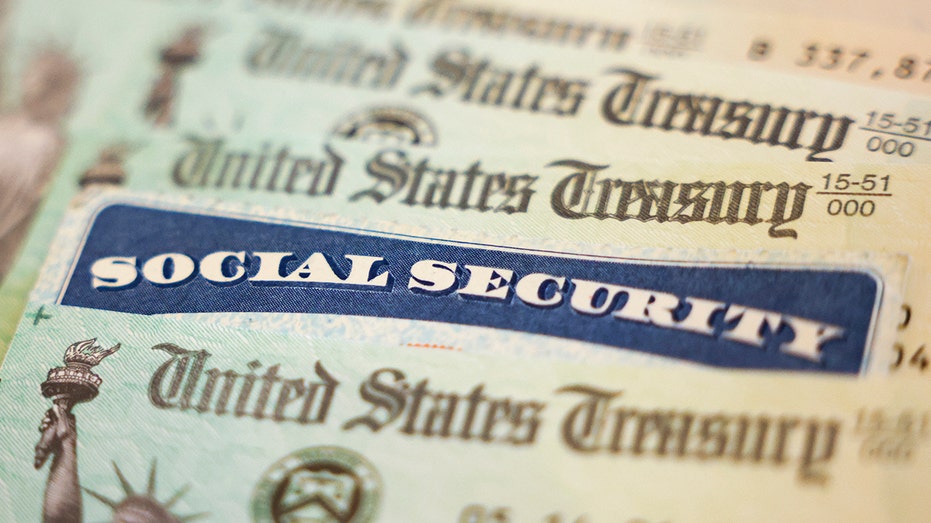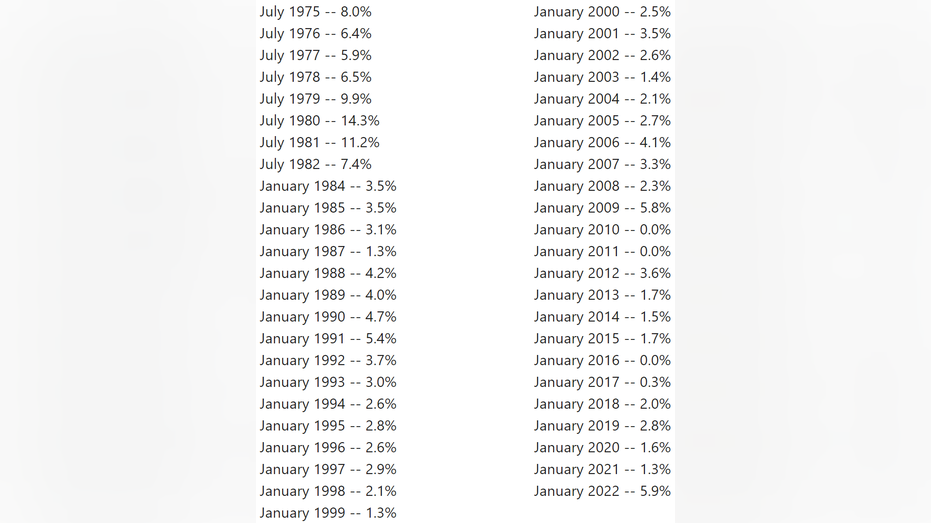Inflation may hit Social Security recipients twice
Record-high cost-of-living adjustment is a 'no-win' situation for millions of Social Security recipients
Inflation rates to grow ‘higher and for longer’ until supply chain is ‘fixed’: Expert
Brigg Macadam founding partner Greg Swenson offers professional insight on how the U.S. markets may respond to June’s consumer price index report on ‘Mornings with Maria.’
Scorching-hot inflation is inflicting financial pain on millions of U.S. households, but the rising price of everyday necessities has squeezed one group in particular: retirees living on a fixed income.
Although Social Security recipients receive a cost-of-living adjustment, or COLA, that is indexed to inflation, the amount of benefits exempted from tax has remained unchanged for decades. Since 1984, retirees have owed taxes on their benefits if their income – including their Social Security payments – is more than $25,000 if they are single or $32,000 if they are a married couple.
Individuals who earn more than $34,000 and couples who earn more than $44,000 can be taxed on up to 85% of their benefits.
Now, experts say the hottest inflation in a generation could ultimately push more seniors into higher tax brackets as a result of what's likely to be a record-high cost-of-living increase.
The Senior Citizens League, a nonpartisan group that focuses on issues relating to older Americans, estimated last week the COLA could be as high as 10.5% after June inflation data showed consumer prices soared 9.1% from the previous year, the fastest year-over-year jump since 1981. An increase of that magnitude would raise the average retiree benefit of $1,668 by about $175.10 per month, the group said.
INFLATION SURGES 9.1% IN JUNE, ACCELERATING MORE THAN EXPECTED TO NEW 40-YEAR HIGH

In this photo illustration, a Social Security card sits alongside checks from the U.S. Treasury on October 14, 2021 in Washington, DC. ((Photo illustration by Kevin Dietsch/Getty Images) / Getty Images)
Should Social Security beneficiaries see a 10.5% increase in their monthly checks next year, it would mark the steepest annual adjustment since 1981, when recipients saw an 11.2% bump.
The decades-high benefit increase is not necessarily good news for recipients. It could push many into a higher tax bracket — meaning retirees will pay more taxes on a bigger share of their monthly payments, according to Mary Johnson, a policy analyst at the Senior Citizens League who conducted the analysis.
Some seniors may never have owed taxes on their benefits, but that's likely to change next year when they file their tax returns. In fact, the Congressional Budget Office has estimated the share of Social Security benefits subject to tax could grow by 10% this year and another 10% in 2023. In all, total income taxes paid on that money is projected to climb by 37% this year.
On top of that, the Social Security trust fund is estimated to receive more than $45 billion from taxing benefits in 2022 — a major increase from 2021, when it raked in about $34.5 billion, according to the program's trustees.
"There can be some very long-term effects to high inflation COLAs," Johnson said. "It's like a no-win situation."

A man shops at a Safeway grocery store in Annapolis, Maryland, on May 16, 2022, as Americans brace for summer sticker shock as inflation continues to quicken. ((Photo by JIM WATSON/AFP via Getty Images) / Getty Images)
Higher monthly income can also reduce seniors' eligibility for low-income programs like SNAP, the Supplemental Nutrition Assistance Program (food stamps), Johnson said.
"These are income-based programs," she said. "Most, if not all of them, are easily administered through the states. If we’re forecasting a COLA that’s close to 9 or 10%, yes of course that’s going to affect, not only your eligibility for low-income benefits, it’s going to for everyone else, for people who don’t get benefits."
The average benefit in 2022 jumped by 5.9%, which amounted to a monthly increase of $92 for the average retired American, bringing the full amount to $1,657, the Social Security Administration announced last year. Soaring inflation has already eroded the entirety of the increase, however, with recipients losing 40% of their buying power since 2000, according to calculations by the Senior Citizens League.

COLA adjustment since 1975 — Social Security Administration
GET FOX BUSINESS ON THE GO BY CLICKING HERE
The average monthly benefit would have to increase by $539.80 in order for retirees to maintain the same level of purchasing power as in 2000.
The group has pushed Congress to adopt legislation that would index the adjustment to inflation specifically for seniors, such as the Consumer Price Index for the Elderly, or the CPI-E. That index specifically tracks the spending of households with people aged 62 and older.





















